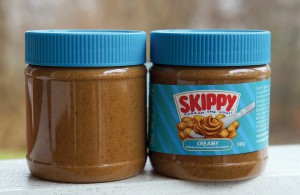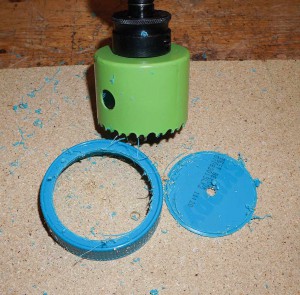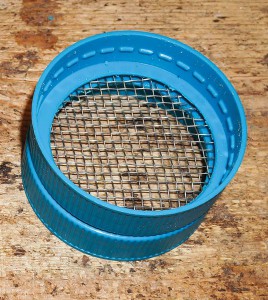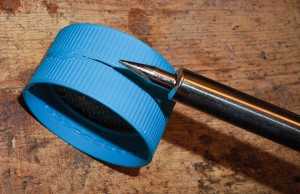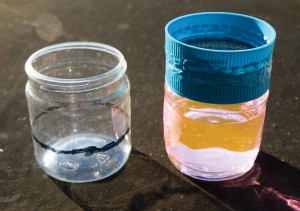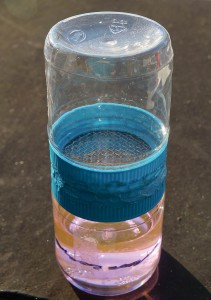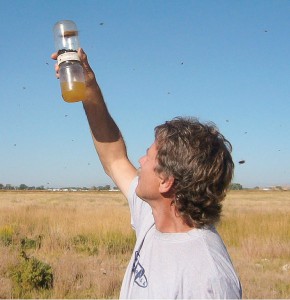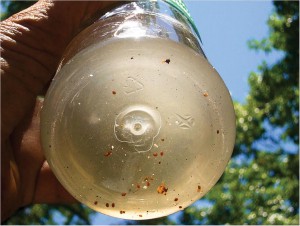‘The Beeshakers’ would be a good name for a pop/rock/soul-band/group, wouldn’t it? Why not a group of beekeepers that have control of their bees and the Varroa infestation?
Regardless of if you are on the path of becoming treatment free or treating with whatever to get rid of pathogens and parasites in your hives (and creating other problems probably along the way – that goes for both groups unfortunately). Agree we can that the world would be a better place for bees and men without killers. That’s why treatment free is the goal!
A year ago I wrote about the bee shaker: http://www.elgon.es/diary/?p=354 Here are some more tips how to get control of the Varroa situation in the hive.
When a colony has problems you can speculate and discuss about how many mites there are in the colony. If that’s why the colony is dwindling. With a high number of mites often follows virus problems, more sensitivity to plant protection chemicals and more susceptibility to Nosemas, and all of this together in a spinning wheel. You can know the mite infestation much better with this simple method that is quick and done on the spot in the apiary, with some training in a few minutes per hive.
Make the beeshaker
I used two plastic bottles containing peanut butter of the brand Skippy, a bee tight but not varroa tight netting, mesh size 3 mm, a plate shears, a proper sized hole saw (in this case for a 60 mm hole) and a soldering iron at 80-100 watts.
Get rid of the peanut butter and wash the bottles. Saw holes in the lids. Cut a piece of mesh so it fits inside the lids and covering the hole. Put one of the lids on a table, then the piece of mesh, finally the other lid upside down. Keep it all together with one hand (or some one else’s hands). Solder the caps with the piece of netting in between.
Pour one deciliter (3.5 fl oz UK; 3.4 fl oz US) in one of the bottles. Mark the waterline around the bottle with a black marker pen. Get rid of the water. Now you have calibrated the bee shaker. When you fill this jar with live bees up to the black line you have close to or exactly or somewhat above 300 bees, enough accurate so you don’t need to count them. (If you use 2/3 of a deciliter you get 200 bees.)
Make a test
Don’t take bees close to the entrance. They have bad correlation to the real amount of mites in the colony, fewer mites on those bees. Take bees relatively close to the brood, but not from a comb with the queen (poor queen if she should end up in the shaker). You may well take bees from a comb without brood, but close to the brood. In the upper brood box is a good choice if you use two brood boxes. Check for the queen! Avoid the outermost comb in the box, unless brood is close and it’s filled with bees. Most secure and quickest is if you use queen excluder and you have super(s) above it (depends on the season of course). Take bees from the center of the first super close to the excluder.
Take the jar with the black line (black color doesn’t fade so easily by the sun), hold the opening close to bees on the comb and move it from below upwards. Bees will tumble down. Hit the bottom of the jar gently against something sometimes so that the bees will be shaken down on the bottom. You then see easier when you have enough of them.
Before this procedure you have poured 2 deciliter of some kind of high content alcohol fluid into the other jar. The soldered caps are on top of it (there’s a hole you know you can pour through). Pour the alcohol into the jar with the bees. They die. Screw the lids with the other jar onto the jar with the bees and the alcohol. Shake it for a minute, not too hard and not too soft, “lagom” as we say in Sweden (a frequently used word when you don’t know what word to use). Turn the shaker upside down. The alcohol and the mites will go down. The bees stay above. Lift the shaker up towards heaven. The light will shine through and you can count the mites. (Live mites now killed will sink to the bottom. Dry mites from natural downfall will float. Just want to make clear the difference.) Recycle the alcohol through a fine mesh into the now empty jar to get it ready for the next hive.
Count and calculate
You may find 9 mites on your 300 bees (which you DON’T have to count, it’s enough with the calibration done to get an enough good estimation of the mite infestation). That’s 9/300 = 3/100 = 3% infestation. You can find that small or big, depending on when you did the measurement and what you are up to. Maybe you are in the middle of a breeding program for Varroa resistance. Maybe you want to find out when to treat, so you will not treat to late, or making an unnecessary treatment.
In spring, especially in a breeding program for resistance, you don’t want 3% infestation. If you’re in a breeding program you will probably take another measurement a month later. If you’re not, you maybe want to treat now, if you find something that’s good using in spring (there’s really only one option here that is least damaging in different respect, thymol).
If you get 3% after the main crop in the middle of July or in the beginning of August (or September maybe), you may decide not to treat if you’re in a breeding program. If you’re not and the bees will be without brood in November or December (on higher latitudes in Europe and Canada) and you plan to use Oxalic acid (which I don’t recommend for different reasons [though you’re the boss in your operation]) you may wait until then. If you consider pesticide strips or Apiguard (Thymol) or Formic acid, you may decide for that now.
If you get 3% in October, November just prior using Oxalic, you may decide not to use any Oxalic. Like a friend in our resistance breeding program here in Sweden. He has the limit 5% for deciding when to treat. All colonies below that limit don’t get any treatment with him.
If you treat all your colonies whatever figures you get in your measurements because you hate the mites that much, you get at least figures you can use in selecting the ones with the highest numbers. Those are the ones that should have their queens shifted in some way.
More to read
http://scientificbeekeeping.com/sick-bees-part-11-mite-monitoring-methods/ eller kort url: http://alturl.com/np8ez
http://svenskbihalsa.se together with Google translate
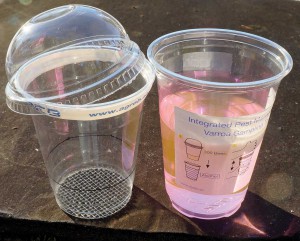
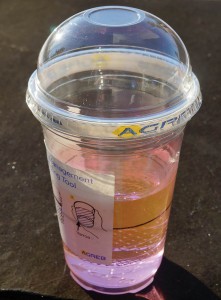 Another Swedish alternative of the BeeShaker, Varroa Sampling Tool, which is for sale from http://svenskbihalsa.se
Another Swedish alternative of the BeeShaker, Varroa Sampling Tool, which is for sale from http://svenskbihalsa.se
